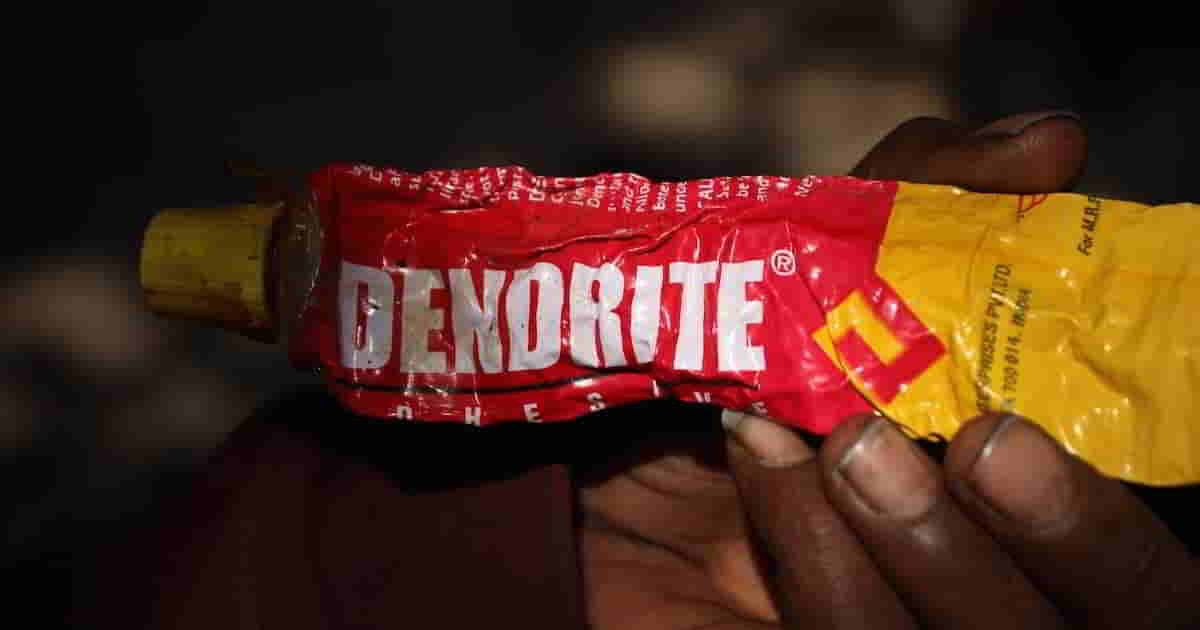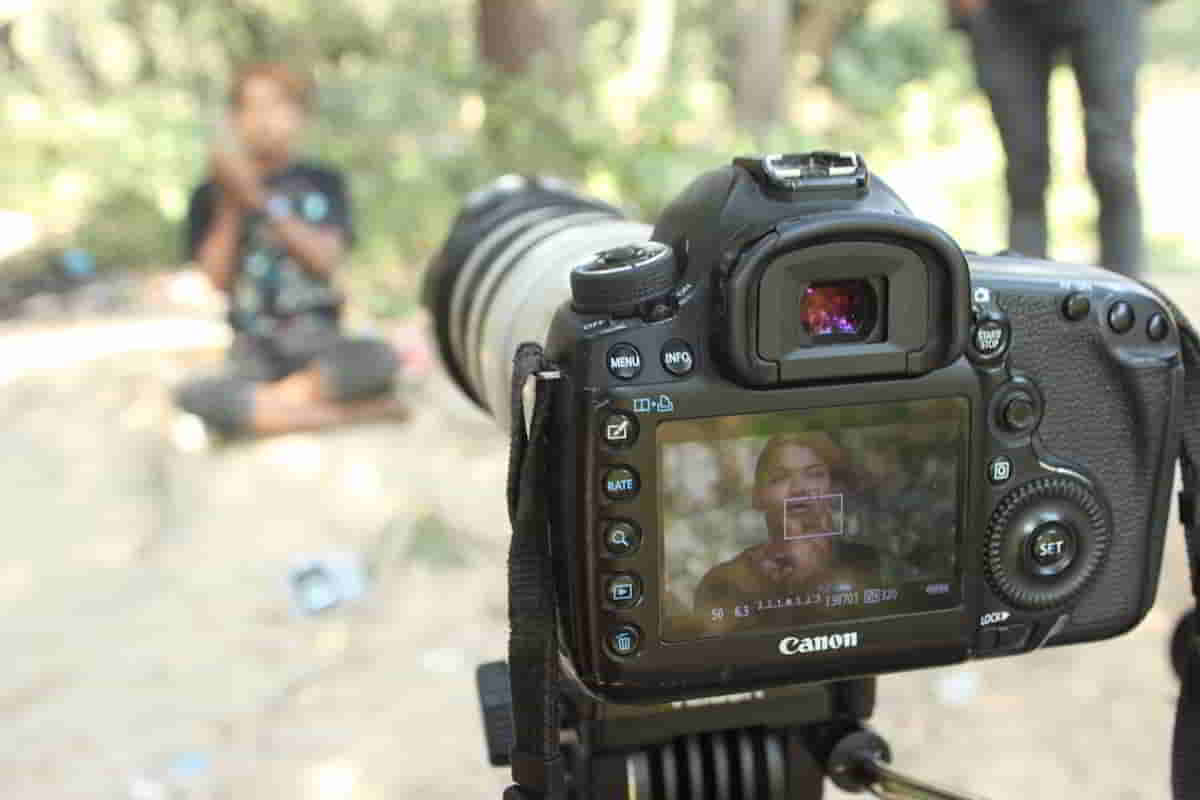
That — the title — was the best slogan we came up with one late afternoon, late last month, to promote tourism in Nepal. That “we” included my mate Josh, Christian, and Sushil, a team working on two documentaries — one about street children and the other about girls, vulnerable girls, and their plight.
Working on those documentaries, hitting the streets of the Kathmandu etc. over several days towards the end of November, I kept Josh, Christian, Sushil and Chandra company, while they kept me company on my Movember project :).
Working with them took me to squatter settlements and in places where street children in Kathmandu lived, among others, and back in time too!
The visit to a squatter settlement along Bagmati river took me back to 1997 and 1998. Working with an American Doctoral student, the 1997 visit had been my first ever. The 1998 visits to the settlements had been to take some photos and to do a bit of research for an episode of Kantipur FM radio program.
The issues the squatters face now, almost twenty years on, seem to still be the same; not much appears to have changed.
Spending time with street kids — talking to them about their lives, asking them about tripping on Dendrite (see image at the top) and making them share their hopes and dreams etc. — took me back to my first few experiences with them.

The first was volunteering at Child Workers in Nepal (CWIN). I did that the summer of 1989, after my first year at UWCAD. At the time, CWIN had a shelter for street kids where, as a volunteer, you could hang out with the children and help them with their academic work, if they were attending school.
The second one, a late-night experience, took place in the 1990s. Walking home in the dead of the night, an arm flung out in front stopped me in my tracks! A child’s voice asking for either money or food (I can’t remember exactly which) followed the arm. I don’t know what made me do it but, instead of giving him money or just walking on, I sat down next to him and spent over half-an-hour talking to him.
His story had not been much different from those of the children we interviewed.
The third one, which also took place in the 1990s, I don’t recall very well how it all started. I have a hazy memory of either pushing my way through a small crowd gathered in the middle of the main street in New Road and coming across a gaunt but tall boy in his late teens sprawled on the road or seeing the boy falling down in the middle of the road. Regardless, a few of us got the kid off the road.
Feeding him some water little by little we managed to prop him up to discover — when he came to — that he was famished! When he had gotten enough energy to move with my support, I managed to get him into a nearby restaurant where I bought him some food. He hadn’t had anything to eat in several days!
Apart from that, what I also remember is that he had come to Kathmandu looking for a job but had gone for so long without an income that he had run out of money and had starved.
Learning about the street children also reminded me of a Ratopati article about the rehabilitation of more than a hundred of them and their composition by ethnicity.
Some questionable analysis. #Nepal #StreetChildrenComposition https://t.co/B5Ur3S7063
— Dorje Gurung (@Dorje_sDooing) June 5, 2016
The article was not only riddled with mistakes BUT also contained disparaging characterizations of indigenous people and janjatis (the non-high castes, the non-Khas-aryas), all based on the fact that higher percentage of the street children belonged to those groups.
According to the article, the total number of children rehabilitated was 115. 91 of them belonged to indigenous and janjati groups, which it stated as representing 48.4% (!) of the total. The number belonging to hill so-called high caste Hindus (Khas Aryas) was quoted as 55, which it equated to 29.3% (!) of the total.
If indeed the total is correct, the breakdown and percentages don’t add up. If, however, the breakdown is correct and the total wrong (the sum of 91 and 55 is 144, NOT 115) then the percentages are still off!
Who knows what’s going on! Can you tell what’s going on?
(In case Ratopati decides to edit the numbers at a later date, just as some publication in Nepal have a tendency to do, here’s an image with the relevant numbers underlined in red.)
Furthermore, the article reports an official (Giri) as saying that, based on results of studies, the inability of indigenous and janajti people to provide “appropriate love” is the reason for their children’s higher representation in the streets. Another official (Dhakal) postulates the tendency of the indigenous people and janjatis “to drink a lot” as the ultimate reason!
The two officials, both (coincidentally or not surprisingly?) belonging to the structurally privileged hill so-called high caste Hindus, seem to have missed something really obvious about that fact: the majority of population of Kathmandu valley is indigenous and janjati!
Granted, to state the obvious, it DOES not necessarily follow that a higher percentage of them than hill so-called high caste Hindus will end-up in the streets though. Just statistically, that seems likely.
Based on my limited experiences with street children, the stories I recounted above and other stories I heard as a volunteer at CWIN, street children are on the streets because some of their most important but basic needs — such as a stable home, a loving care giver(s) etc. — were not met due to poverty. In other words, the reason had more to do with poverty than with anything else really.
But in the eyes of the two hill so-called high caste Hindu officials, the reason had something to do with the character, or trait, of the indigenous and janjati Nepalis!
Incidentally, that wasn’t the first time hill so-called high caste Hindu officials are reported to have characterized other ethnic groups in unflattering terms. Anyway…
The other realization was that in spite of all the years that have passed since the fall of monarchy in 1990, little appears to have changed for the better for squatters, street children, and vulnerable girls, no different from how it is with many other social ills — such as institutional and systemic caste-based discrimination, gender discrimination etc.
If anything, they may have gotten worse!
And now to return to that late November afternoon…high on beer and cough syrup — our dendrites! — talking about and discussing the plights of the children of Nepal, we got into a conversation about promoting the country abroad. It was then, half jokingly, that we decided reviving tourism was the answer!
Long before foreign remittance contributed to over a third of the GDP of the country, tourism was the biggest “industry.” We got talking about reviving that to put the country on a path to economic progress.
And then we got talking about slogans on T-shirts to attract tourists to the country. Our high and mighty minds settled on “F*ck the beach…Mount Everest!” 🙂 after considering a number of different ones.
We agreed that F*ck the beach would be on one side and Mount Everest on the other side of the T-shirt with a photo of the mountain underneath. Everest could be replaced with other mountain names, of course.
F*ck the beach…Mount Annapurna!
F*ck the beach…Mount Dhaulagiri!
F*ck the beach…Mount Kanchanjanga!
F*ck the beach…Mount Machhapuchchhre!
The beauty of the slogan is that you can pick your Mount! 😀
What do you think?
* * * * * * * *
References:
- Rademacher, A. Restoration and Development: Landless Migrants and Urban River Management in the Bagmati Basin, Kathmandu, Nepal (pdf), the article. Reigning the river : urban ecologies and political transformation in Kathmandu. I worked as her assistant interviewing Sukumbasis (squatters) along the two river banks, during research she conducted in 1997.
- Ratopati (Jun 5) काठमाडौँका सडक बालबालिकामध्ये आधा जनजाति. (The article is no longer available. However, काठमाडौँका सडक बालबालिकामध्ये आधा जनजाति is a reproduction of the article by a different publication.)
- The country is yours. The Op-ed by Deepak Thapa about the plight of Tamangs and the arrogance and bigotry of even some of the current high-caste government officials.
Not referenced in the blog but shared for their relevance.
- The Kathmandu Post (Feb. 3, 2020). Unable to trust adults, rescued children end up back on the streets. [Added on Feb. 4, 2020.]
